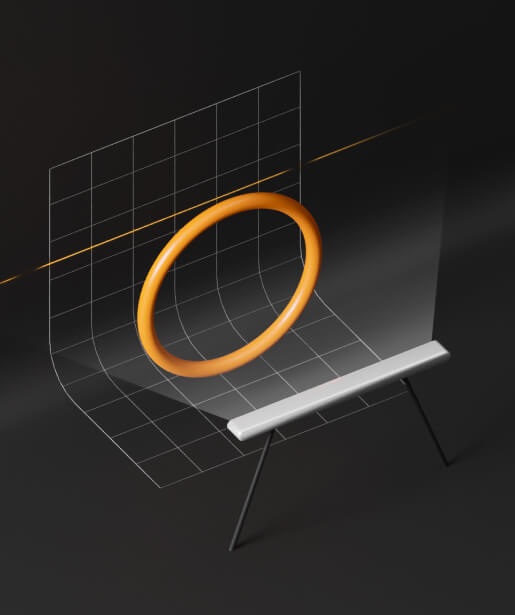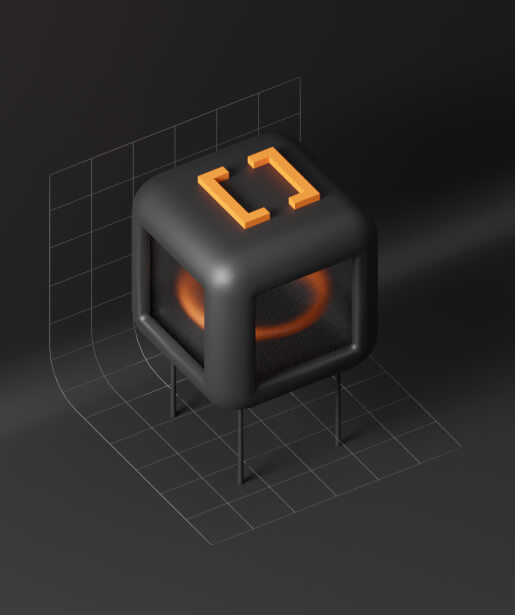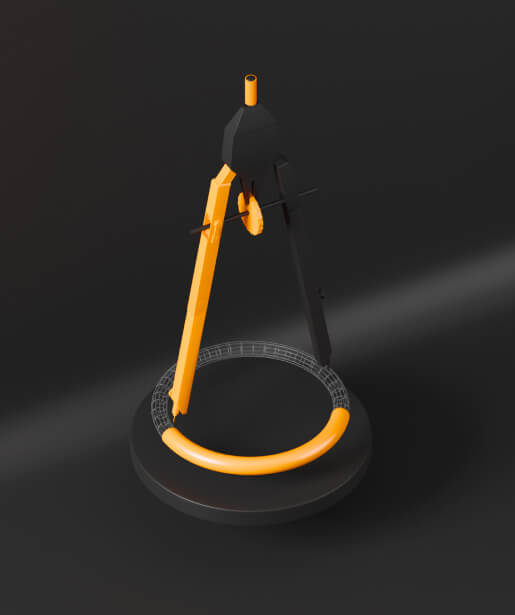The mission of our technical team is simple: to help you design and spec the best seal for your unique application. So, you get your design completed quickly and efficiently, supported by data, and spec’d to last.
The Best Seal from Darcoid on Vimeo.
You can find a lot of technical seal information online that is good enough for most low risk, static and medium pressure applications. If your application is pushing boundaries, you need experienced help on your side.
Our network of specialty design and manufacturing experts will help you get from “mostly there” to fully meeting or exceeding your program statement of requirements. You will find the best seal for your application. We won’t limit you to a narrow set of choices.
No two applications are the same. We’ll collaborate with you to understand the requirements of your seal, the impact of related aspects of your application and moreover, your timeline. Getting a solution in production in a timely manner is always our focus.
Bring in our team to let you know if you’re on track. If you’ve got the best solution already, we’ll tell you as much. We’ll tell you if you’re exposed to risk by inadequate specification based on your unique use case. If you’re over specified, we’ll let you know that too, helping you earn the admiration of your procurement team.

"Performance Creep" Risk
We understand all the variables that can bite you from the sealing perspective. A few years after your product has been in production, the seals being installed are not performing like they used to. We call this “Performance Creep”. Advanced specification support is a set of tools we have developed to prevent Performance Creep and assure it does not derail your manufacturing program now or in the future.

Test Bench Capabilities
Wherever possible we will deploy our Test Bench capabilities to help you benchmark performance of your incumbent seal to give you a data driven performance comparison. We will actuate seals in your hardware, in modified seal glands, in your fluids, pull and compile performance data to pre-qualify our solution. So, you have higher confidence as you budget and allocate your own testing resources.

Fast Prototypes
We understand your timeline is always an important factor so we have fast prototyping capabilities. We have preset pricing based on seal type, size range, and compound so all you need to do is send us your digital design file and a purchase order and we’re off to the races!
Darcoid FKM (Fluorocarbon) Material Compound Data Sheet #4031. Original test data stored in the Darcoid Compound Database. This material is available to run in our manufacturing partner plant in Asia..
A startup with compelling technology IP in hydrogen electrolysis needed help moving from proof of concept to production capable designs.
Darcoid FKM (Fluorocarbon) Material Compound Data Sheet #4037. Original test data stored in the Darcoid Compound Database. This material is available to run in our manufacturing partner plant in N..
A brand leader in high performance ride control components was having problems scaling a shuttle valve into a smaller package size. Actuation and performance of the valve component was inconsistent..